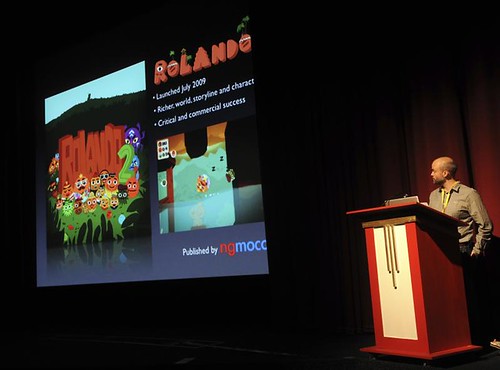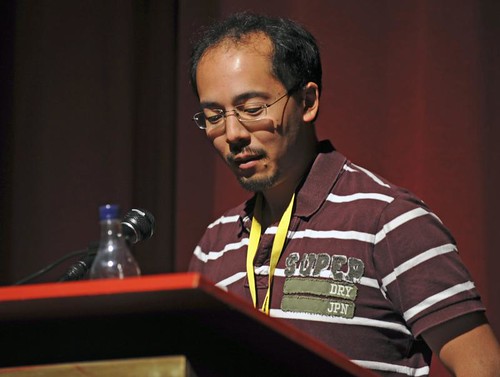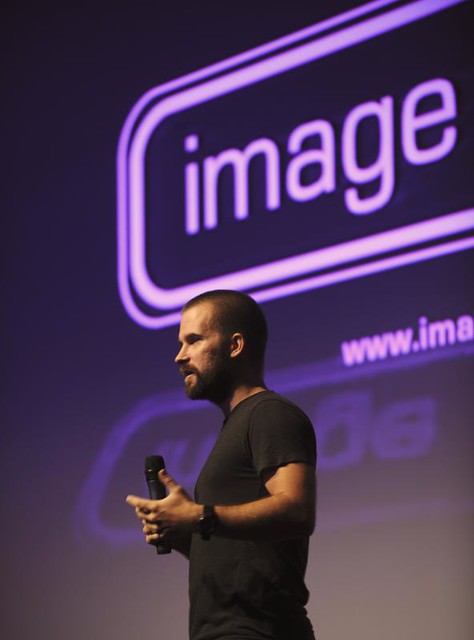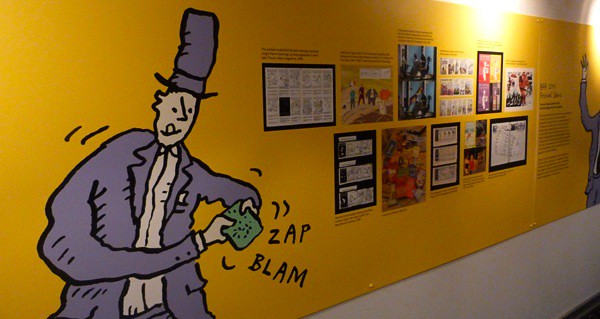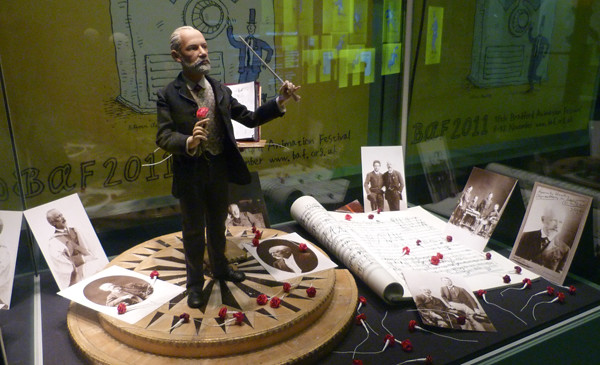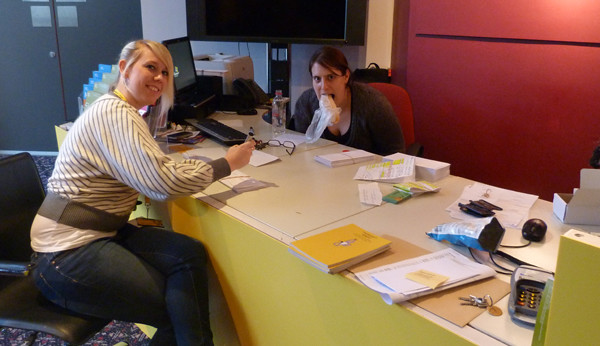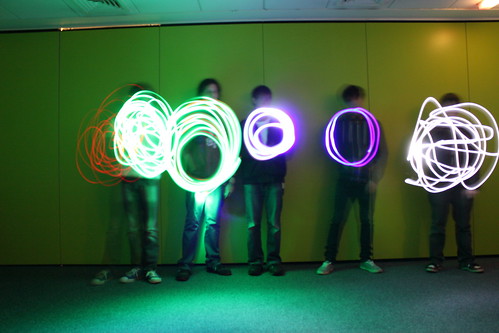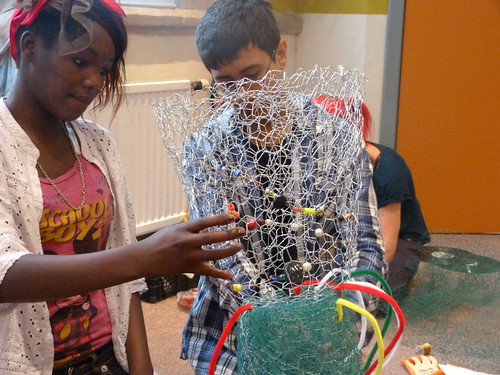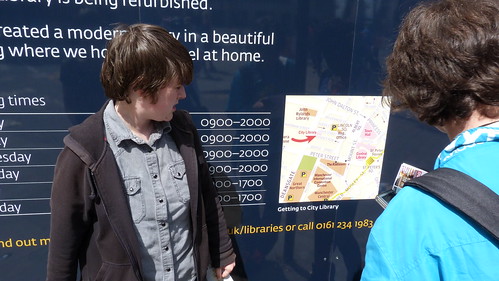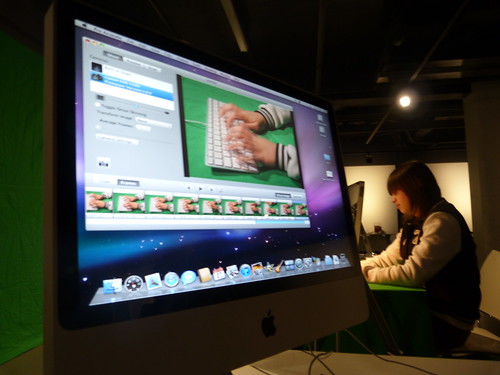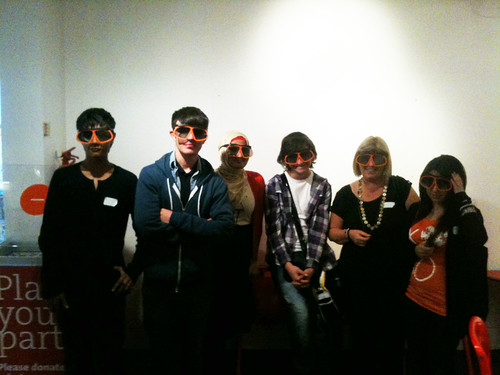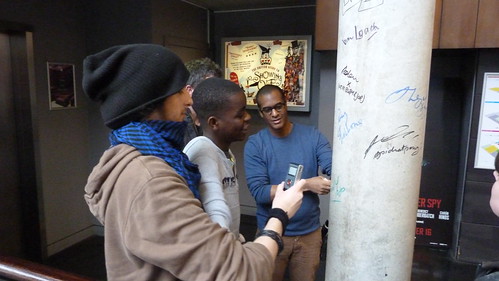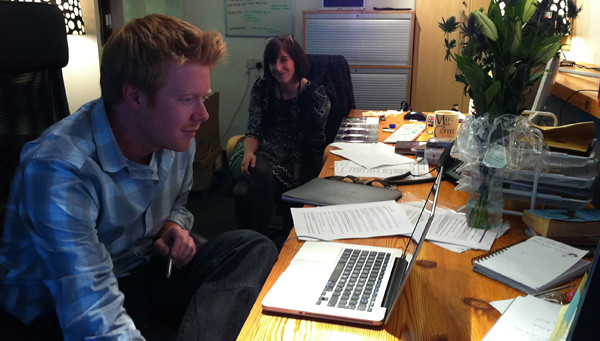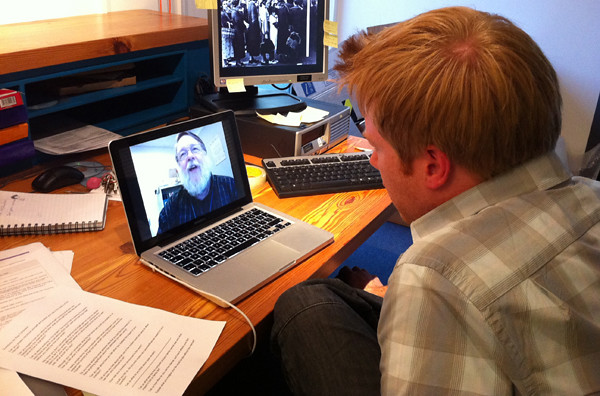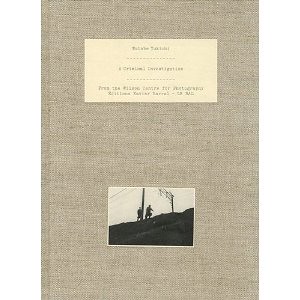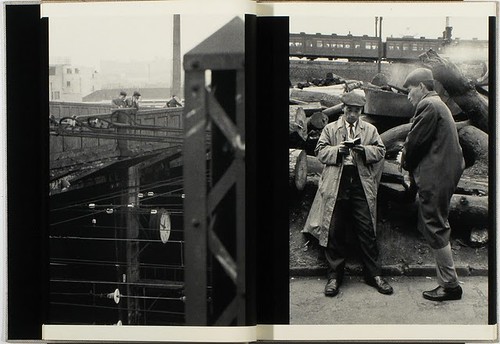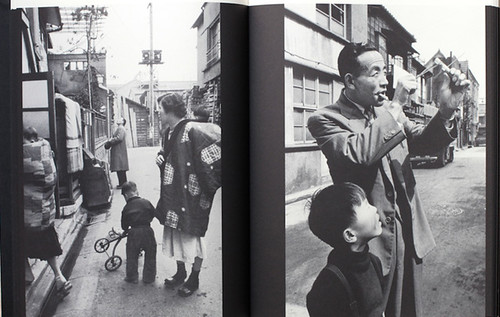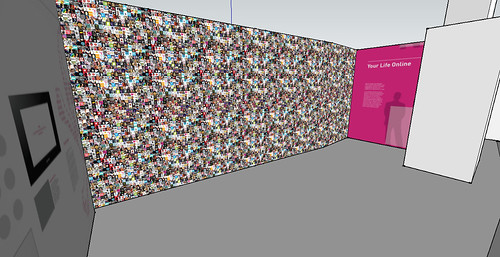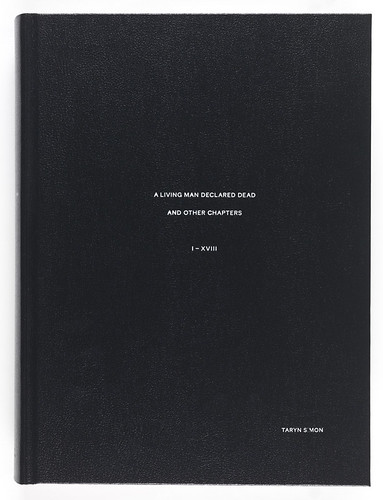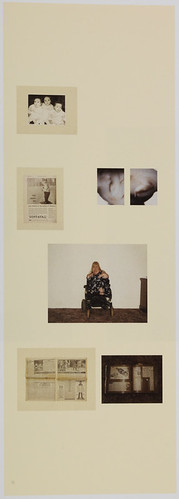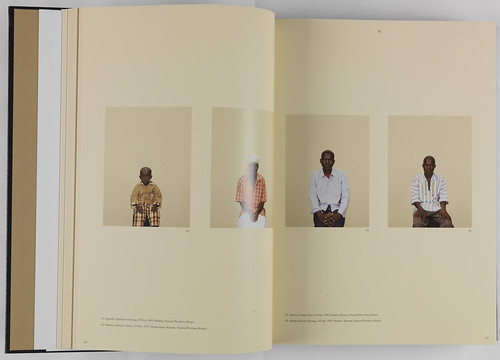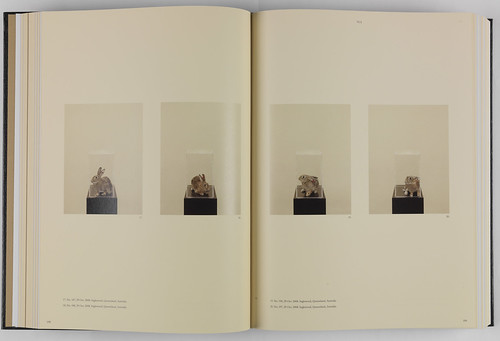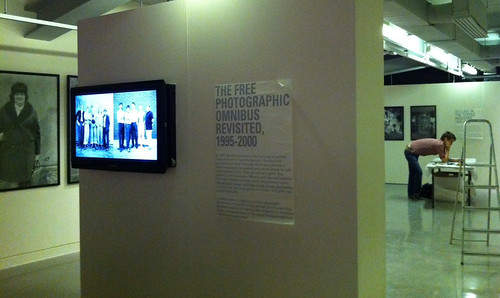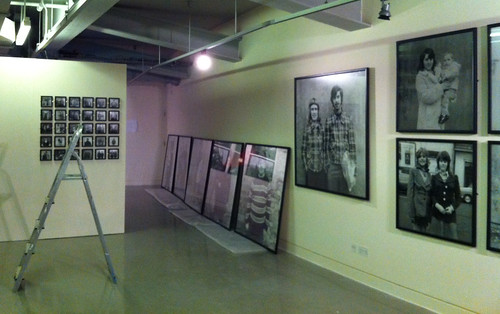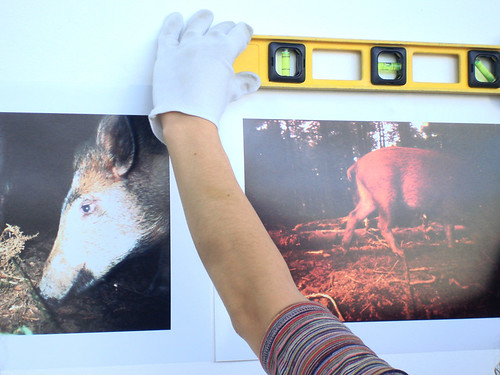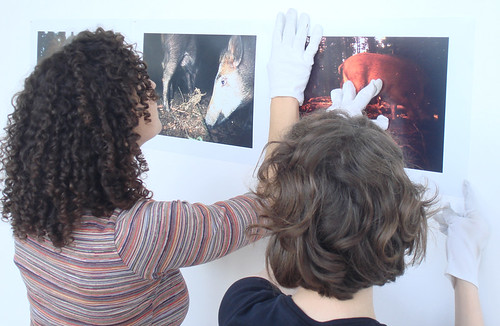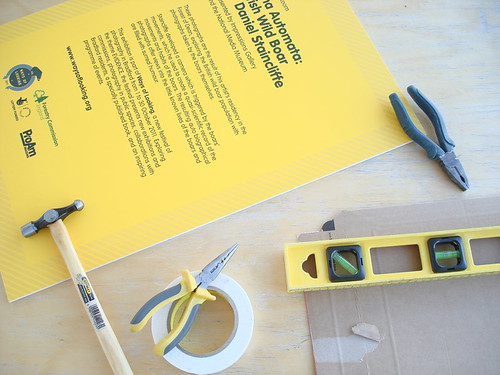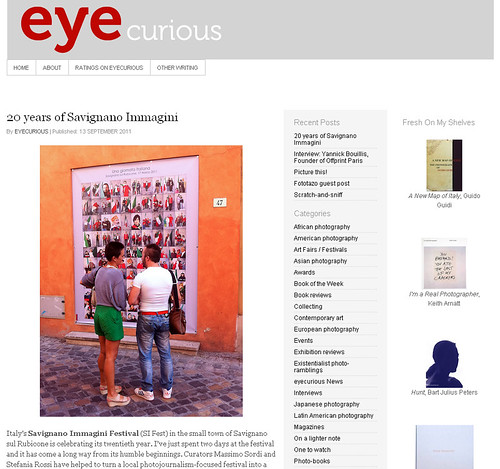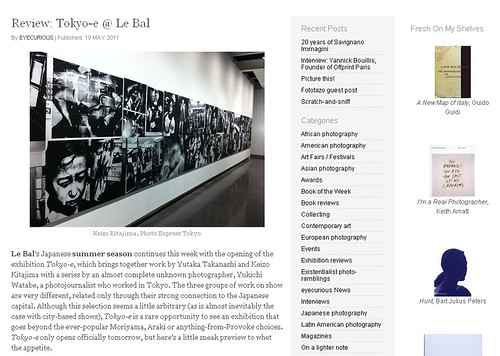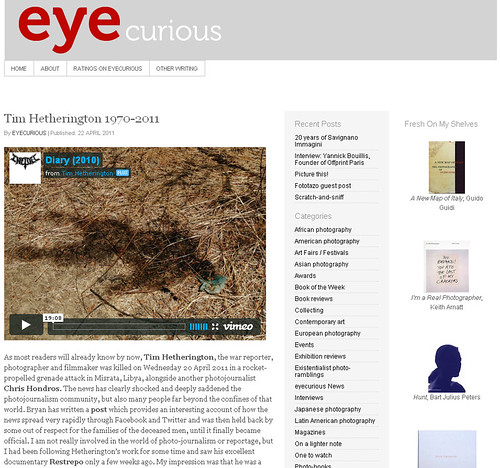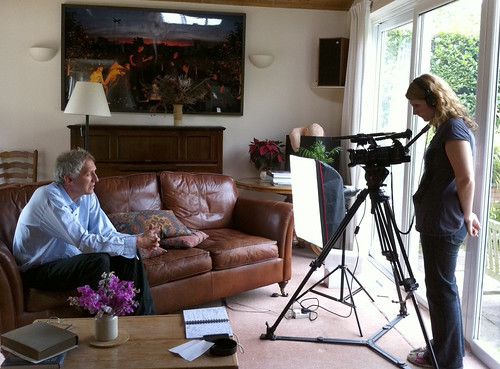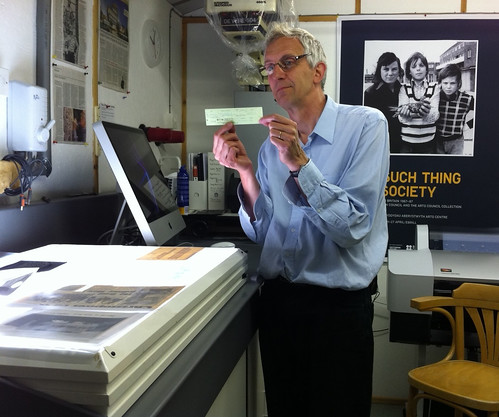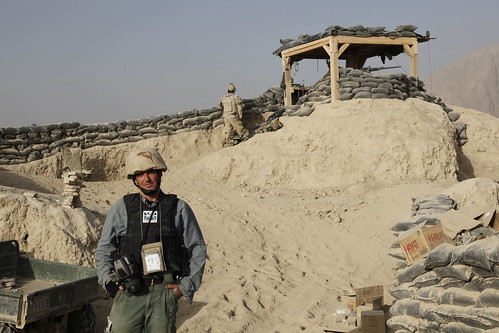I first read the book by Lionel Shriver in 2005 as part of a fledgling book group. At the time, we didn't know what we were letting ourselves in for and 6 years on I felt a familiar feeling preparing to watch the film adaptation of the book. My suspicions were that the film would struggle to get across the story which is laid out in a series of letters in the book, but Director Lynne Ramsay went a different way with her film.

Lynne Ramsay
Kevin and his mother Eva have their relationship laid out for us to analyse as we try and work out why he has committed a terrible act of violence. The film opens with a vivid scene – Eva at a tomato festival in Europe enjoying an almost carnal pleasure among the red fruits and the pandemonium. This is the Eva who is young and carefree, and a stark contrast to the other two Evas that we see. One struggles alone with the baby and toddler, increasingly frustrated, and the older Eva sees something menacing in Kevin that her ever cheerful husband Franklin does not.
The film challenges our understanding of the relationship between mother and child... was Kevin born a monster or was he made that way by the (apparent) absence of a bond with Eva? In the book I remember feeling more inclined to pity Eva, but the film adaptation leaves little room for sympathy in the role played (excellently) by Tilda Swinton.
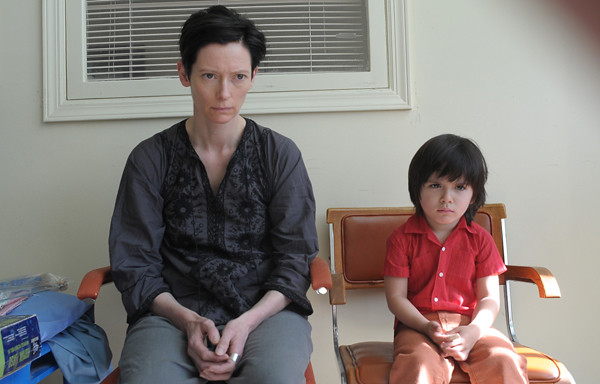
Tilda Swinton and Rock Duer as Eva and Kevin (toddler)
The cinematography is bleak and harsh and Eva seems uncomfortable in almost every situation with her family. John C Reilly plays a dependable but not entirely believable father figure and the young actors responsible for Kevin are fantastically odd and moody.
We Need To Talk About Kevin left me with unanswered questions and stayed with me for a good few days after watching it - surely the mark of a film worth watching?










